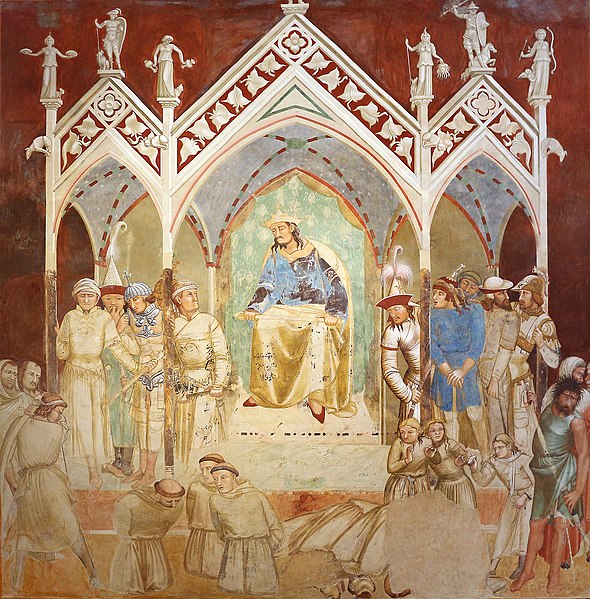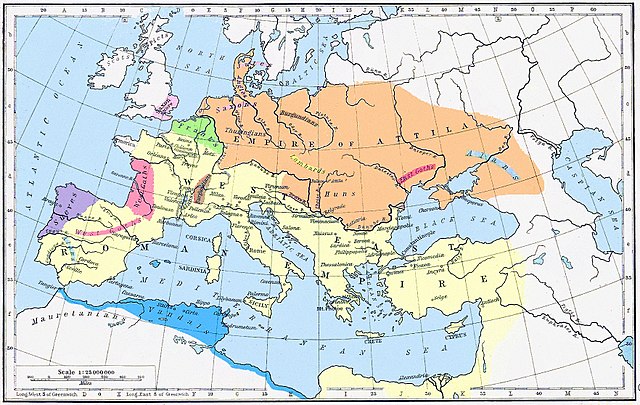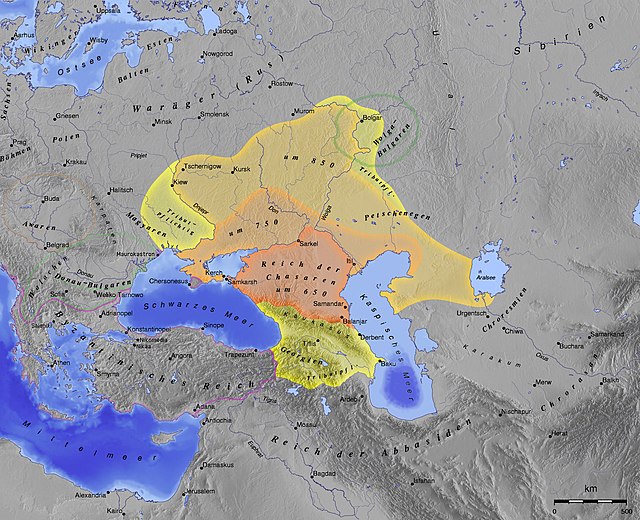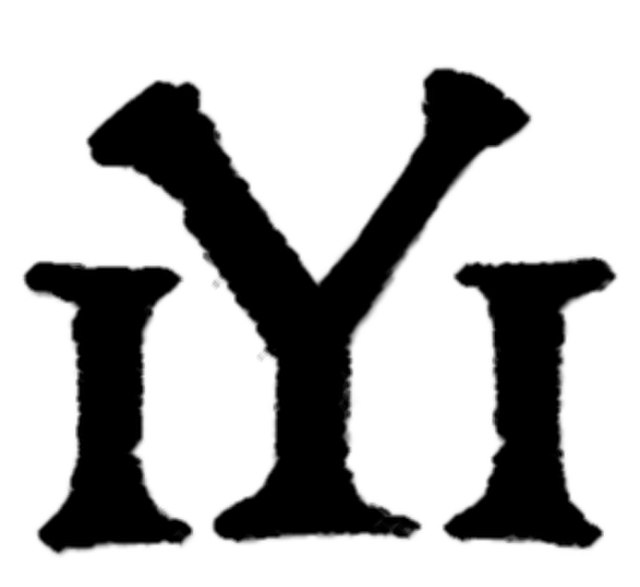The Chagatai Khanate, or Chagatai Ulus was a Mongol and later Turkicized khanate that comprised the lands ruled by Chagatai Khan, second son of Genghis Khan, and his descendants and successors. At its height in the late 13th century the khanate extended from the Amu Darya south of the Aral Sea to the Altai Mountains in the border of modern-day Mongolia and China, roughly corresponding to the area once ruled by the Qara Khitai.
The Chagatay Khan and His Consort, Jāmiʿ al-tavārīkh of Rashid al-Din, Iran, late 14th century.
Coinage of the Chaghatai Khans at the time of Qaidu. Samarqand mint. Dated AH 685 (AD 1285).
The Martyrdom of the Franciscans, painted in 1342 by Ambrogio Lorenzetti, took place in Almaliq, capital of the Chagatai Khanate, in 1339. The central ruler who ordered the killing was the Chagatai usurper 'Ali-Sultan (r.1339-1342).
'Ali-Sultan (r.1339-1342), in The Martyrdom of the Franciscans (1342).
A khanate or khaganate is a type of historic polity ruled by a khan, khagan, khatun, or khanum. Khanates were typically nomadic Turkic, Mongol and Tatar societies located on the Eurasian Steppe, politically equivalent in status to kinship-based chiefdoms and feudal monarchies. Khanates and khaganates were organised tribally, where leaders gained power on the support and loyalty of their warrior subjects, gaining tribute from subordinates as realm funding. In comparison to a khanate, a khaganate, the realm of a khagan, was a large nomadic state maintaining subjugation over numerous smaller khanates. The title of khagan, translating as "Khan of the Khans", roughly corresponds in status to that of an emperor.
Hunnic Empire of Attila in c. 450 CE
Khazar Khaganate, 650–850 CE
Tamgha of the Bulgar Turkic Dulo clan which ruled the First Bulgarian Empire







